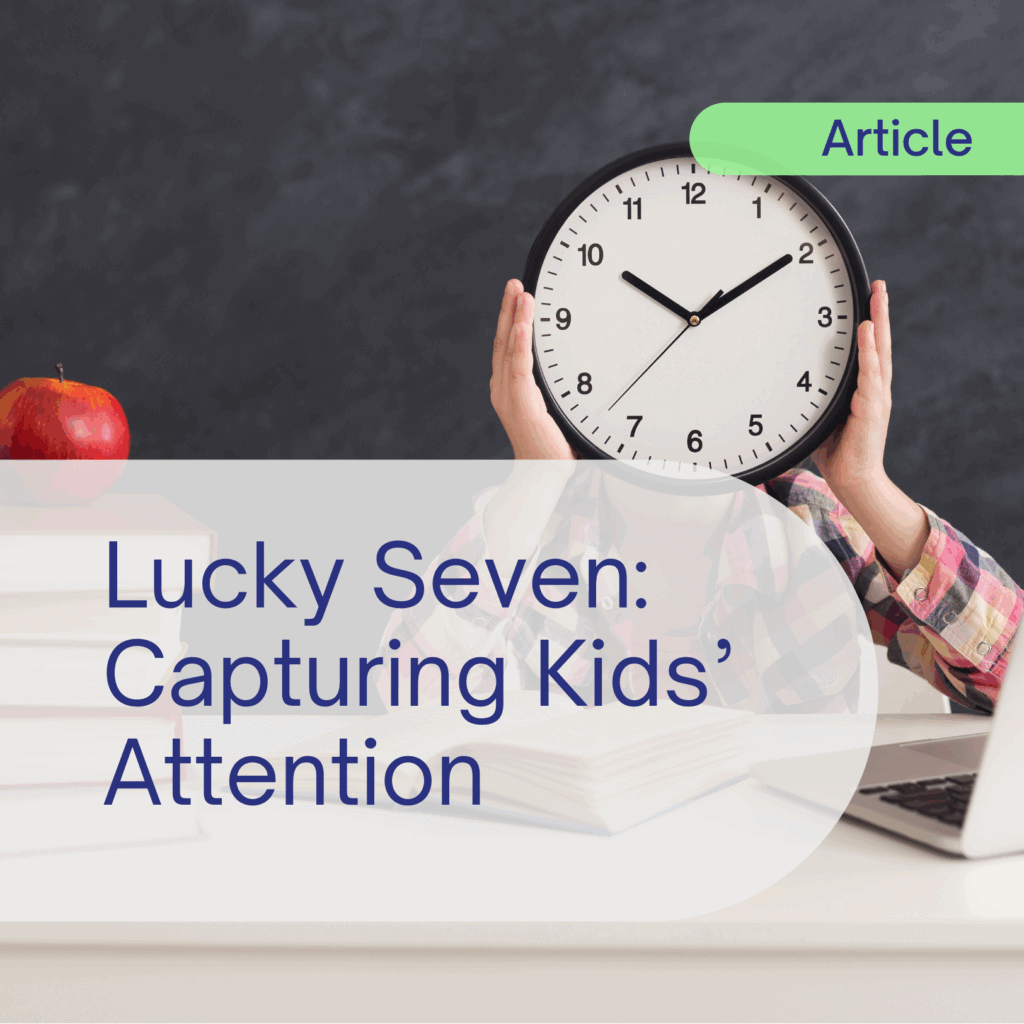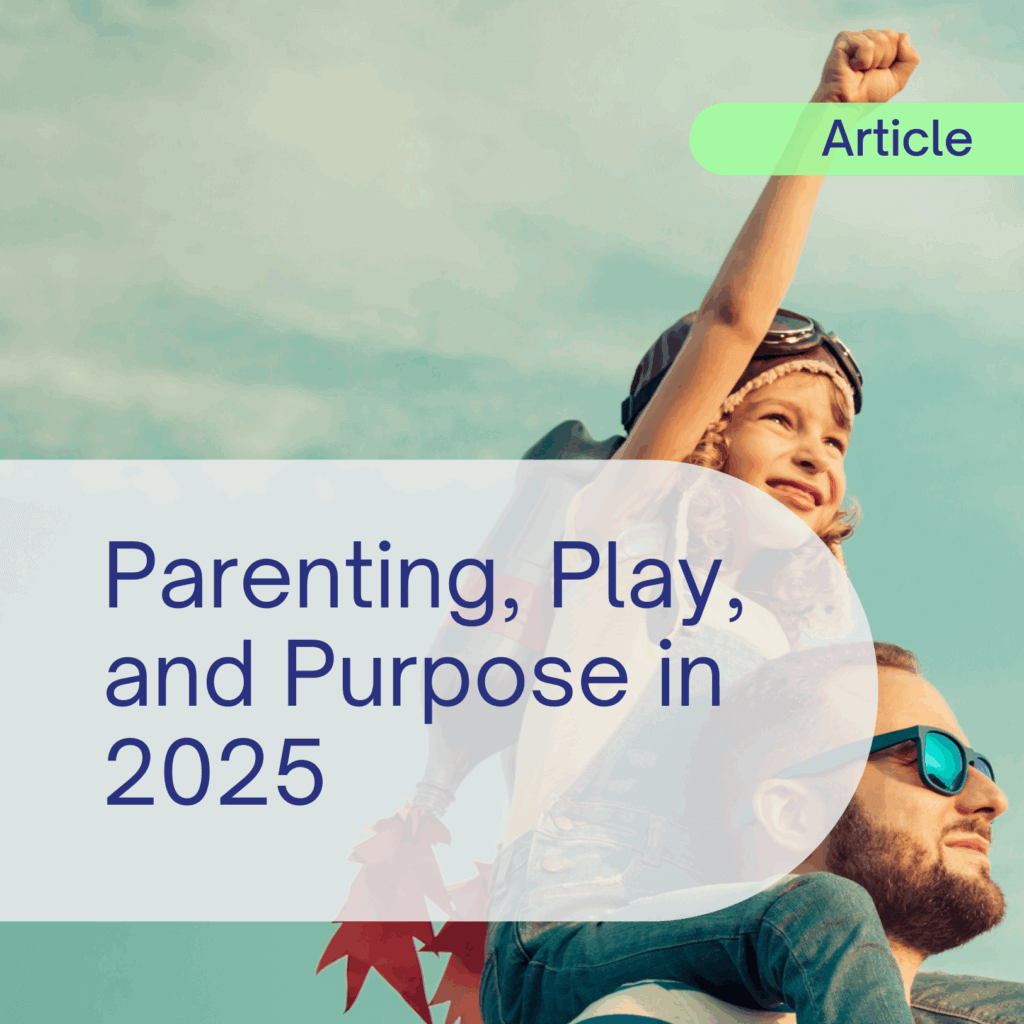[ON-DEMAND WEBINAR] Top IPs and Licensed Products Gen Alpha and Gen Z Care About
In our latest webinar, “Top IPs and Licensed Products Gen Alpha and Gen Z Care About,” The Insights Family’s VP of Research Solutions Adam Woodgate and Global Strategic Account Director Jack Day took a deep dive into the cross-regional shifts reshaping the kids’ licensing landscape.
They kicked off by providing an overview of the size of the licensing market and showing regional differences across the top 10 IPs among 6-12s and 15-18s in the Americas, EMEA, and APAC regions.
Adam commented on the abundance of IPs that originated before the 2000s:
“We’re seeing, with all these IPs, the strength of the heritage brands. The real shock for me is how few new or recently launched IPs are breaking into that top ten.
“We’re seeing, with all these IPs, the strength of the heritage brands. The real shock for me is how few new or recently launched IPs are breaking into that top ten.
I always say that kids have three or four super‑favourite brands they truly lock their passions into, and it takes a lot to pull them away and get them excited about something new. That said, it’s not impossible – new IPs do break through over time.
For example, Bluey has become a powerhouse after originating on TV, and on the slightly younger end, Gabby’s Dollhouse is another standout newcomer.”

They then highlighted the fastest rising IPs across regions (characters and tv shows) between Q1 2021 and Q1 2025. They emphasised how newer IPs that resonate with parents and their Gen Alpha kids, such as Bluey, are excelling in Western cultures, while local IPs (such as NeZha and One Piece) stood out in the APAC region.
From Local Hits to Global Phenomena (and Vice Versa)
Next, Adam and Jack unpacked localisation strategies: how truly local sensations are finding global audiences (providing the example of Hello Kitty), and how global brands are localising some products to resonate with local culture (such as Magic: The Gathering and their Lunar New Year cards exclusive to selected countries in the APAC region).
Adam noted how local IPs can succeed among a generation that sees no borders:
There are countless examples of this same phenomenon: rather than creating a single “global” brand and then trying to localize it, we’re seeing homegrown favourites expand organically around the world; especially among a generation that truly sees no borders. It’s a fascinating strategy, and as Generation Beta grows up, they’ll carry that baton forward, embracing and globalizing the next wave of locally born IPs.
Decoding Character-Related Purchase Behaviour and Channel Engagement Across Ages & Regions
They then shifted focus to kids’ buying habits and how they engage with their favourite characters.
The differences across regions were striking, with kids in the Americas standing out for character-related licensed product purchases, APAC kids for the higher relevance of standard TV, and EMEA kids for its interest in gaming as an engagement channel being as high as streaming.
In relation to this, Jack added:
“Across EMEA, gaming is just as popular a channel as streaming [among 6-to-12-year-olds]. I expect that gap to widen in the coming months, especially as existing IPs continue finding new audiences all the time.”
To dive deeper into channel engagement, they discussed how 6-to-12 and 15-to-18-year-olds discover brands, showing how TikTok overtakes peers as kids grow up.

What Minecraft Got Right
For this section, Adam and Jack pulled some insights from our latest report, Power Moves in Licensing 2025, which includes a deep dive on Minecraft.
Our data reveals it to be extremely successful both online, offline (especially LEGO Minecraft toys), and on the big screen as well: in the UK, “A Minecraft Movie” was the film most kids were looking forward to seeing in the 3-month lead up to the premiere.
When discussing what actually makes Minecraft – and similar platforms, such as Roblox – so successful, Adam pointed out:
“I also think just the fact there are no rules – it’s this what we’re seeing particularly with six to 12, which is where they move away from structured play into this unstructured play. It’s something that lets their imagination fly. And that’s what Minecraft does.”
Key Takeaways:
- YouTube Is Table Stakes—Then Chase Kids Wherever They Go
A YouTube presence is a given; beyond that, follow kids to gaming platforms, snackable social feeds, live events, and offline moments where they discover and share content. - Use RealTime Data to Pivot Quickly
Leverage live insights to prioritise markets and platforms: if a property won’t fit in one region, shift focus to another where cultural relevance and demand are stronger. - Speed and Authenticity Trump Scale
Local hits that capture cultural moments (K-Pop, Squid Game, etc.) can go global organically; authenticity and organic exposure drive deeper engagement than top down endorsements. - Tailor Discovery Strategies by Age
6–12-year-olds discover through peers: playgrounds and school chatter.
5-18-year-olds live on social media: TikTok and Instagram are essential touchpoints. And never fully discount TV or other mass channels for flagship launches.
Gain more insights into licensing trends across regions: download your free copy of Power Moves in Licensing 2025 now.





